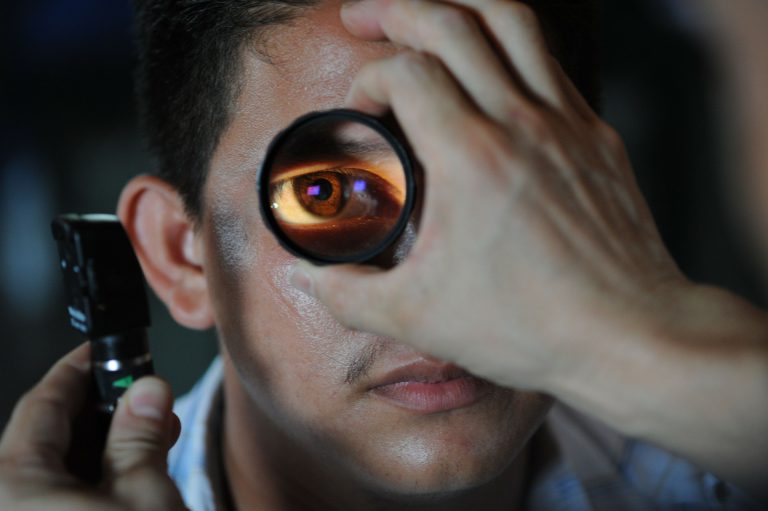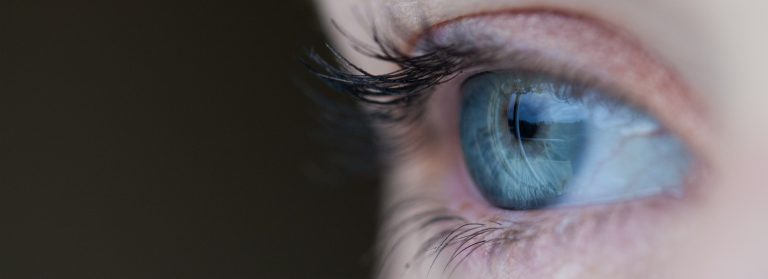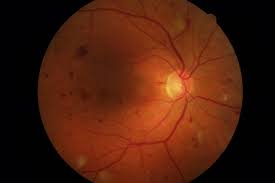How to Avoid Suffering From Eyestrain
Everyday we stare at our computers, televisions, phones and other devices without thinking too much of the potential consequences. The Vision Council found that 80% of American adults use digital devices for more than 2 hour per day, and 59% of those experience the symptoms of eyestrain. Some days it may be difficult to avoid doing long tasks that require you to look at a screen all day, but many steps can be taken to reduce the strain it causes us.
Eyestrain is a condition caused by extended use of your eyes, which can result in dryness and feelings of tiredness. It is not necessarily caused only by looking at screens but can come about from driving for a long time or reading. Often it is easy to fix simply by resting your eyes, and there is little evidence to support that it contributes to long term vision loss, even though it may cause extreme di
scomfort in the moment.
You can tell when you are experience eyestrain when you experience symptoms such as tired and sore eyes, headaches, blurred vision, and increased sensitivity to light. There are many things that you can do to help alleviate the discomfort and we will be discussing just a few in today’s blog post.
Treatments
If you know that you will be using the computer a lot, it may be a good idea to invest in computer glasses, which are specifically designed to help block out blue light emitted from your screen, increase the contrasts and help you to focus on the screen for longer periods of time. These are most useful if you often find yourself unable to sleep after using your device.
If you already wear glasses, consider getting an anti-reflective coating that eliminates reflections from the front and the back surface of your lenses.
Other ways to avoid eye strain is to use your device in good lighting, whether it is natural or artificial. You want to be in an area that does not have bright light coming from the windows (especially if they are positioned in front of your device or behind) and avoid harsh fluorescent lighting.
One of the most effective ways to reduce strain is exercising your eyes. A popular technique is to use the “20-20-20” rule – every 20 minutes, focus on something that is further in the distance for around 20 seconds. This will help shift your focus onto something else than your screen.
Many people are unaware that when we focus on digital screens we tend to blink less, which can lead to dry eyes. Therefore, to help prevent eye strain, try and blink more! If you are still feeling dryness in your eyes, invest in ‘artificial tears’ eye drops to help moisten your eyes.
Utilize your breaks so that you step away from all your devices – don’t go from staring at a computer screen to staring at your phone!









